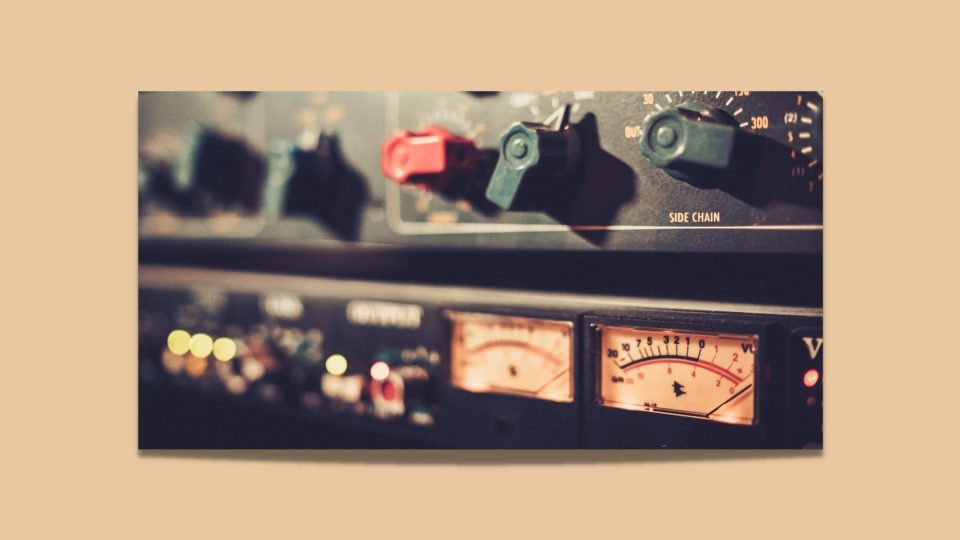What is Clipping in Audio?
Audio clipping is the result of pushing your input signal past the capabilities of the hardware or software that’s handling the signal.
Clipping can happen to both digital and analogue gear, and the two do have significant differences in how they sound.
Mixxed Mixer Tips
How Do I Measure Sound Pressure Levels (SPL) in My Music?
What Are Buses, Aux and Send Tracks?
Difference Between Gain and Volume
Top 5 Metering Plugins to Masterfully Improve Your Tracks
What Causes Audio Clipping?
Digital clipping happens when you breach the digital ceiling of 0dBFS (dB Full Scale). Digital clipping, for my synthesis enthusiasts, sounds like a squared-off soundwave.
Have you layered a few Mixxed kickdrum one-shots and the result is distortion? That’s digital clipping!
As the signal hits your dBFS ceiling, the soundwave is squared off and even sounds like a square wave with its gritty characteristics and harmonic content.
Analogue clipping, however, is when the signal is pushed harder than what the peak voltage of a particular piece of gear can handle.

This can happen to any standalone hardware in a signal chain, from compressors to EQ’s, but there is a key difference between analogue & digital clipping.
How to Tell if Audio is Clipping?
Digital clipping sounds the same no matter what plugin (or sound) has overdriven the signal.
Analogue clipping sounds different for every piece of hardware that overdrives the signal.
This means that digital clipping does not take on any unique characteristics that analogue clipping can take from different pieces of hardware. The sound of analogue clipping can change based on the unique circuitry of the hardware that the signal is travelling through. So, analogue clipping from a tube would sound different to analogue clipping from a voltage-controlled amplifier.
Find out how to prevent audio clipping in our gain staging article!
